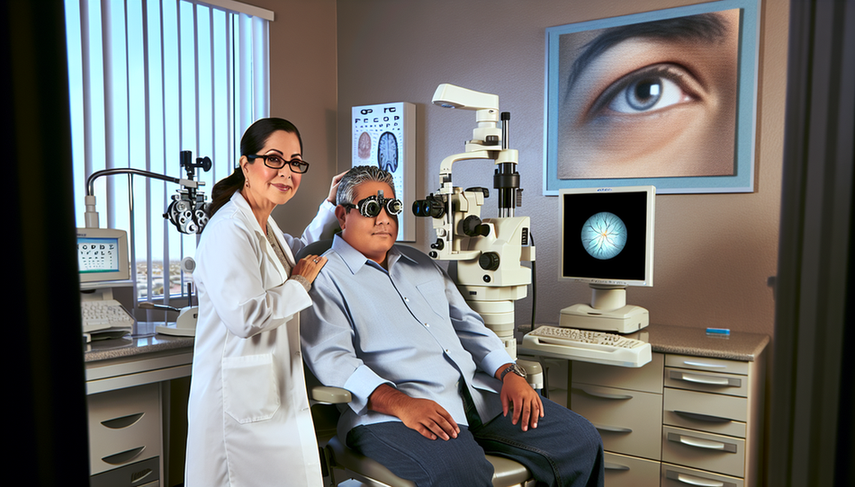Glaucoma Diagnosis: Intraocular Pressure, Gonioscopy, and Assessing Optic Nerve Cupping in Open Angle vs Closed Angle

The glaucoma diagnosis is a complex process that requires a thorough evaluation of various ocular parameters. Glaucoma is a progressive optic neuropathy that can lead to irreversible blindness if not detected and treated in a timely manner. The diagnostic evaluation is based on three fundamental pillars: tonometry to measure intraocular pressure (IOP), gonioscopy for assessing the angle of the anterior chamber, and the evaluation of the optic nerve to detect structural changes.
Diving Deeper into Glaucoma Diagnosis
Tonometría is essential for measuring IOP, a significant risk factor for glaucoma. Although an increase in IOP is not necessary for diagnosis, its control is crucial to prevent disease progression. The literature suggests that lowering IOP can prevent the progression of visual field defects in patients with manifest glaucoma.
Gonioscopy is fundamental for evaluating the anterior chamber angle, which helps differentiate between open angle vs closed angle glaucoma. Studies have shown that the deterioration of the visual field correlates with structural changes in the optic nerve, underscoring the importance of this test in early diagnosis.
The evaluation of the optic nerve is performed using imaging techniques such as optical coherence tomography (OCT), which allows visualization of changes in optic nerve cupping and the thickness of the nerve fiber layer. The clinical examination of the optic nerve remains relevant, especially in cases where visual field testing is unreliable.
Conclusions
The diagnosis of glaucoma requires a multifaceted approach that combines tonometry, gonioscopy, and optic nerve evaluation. The integration of these tests allows for more accurate and early detection of the disease, which is crucial to prevent irreversible vision loss. Ongoing research and the development of new diagnostic technologies are essential to improve the accuracy and effectiveness of glaucoma diagnosis.
Referencias
- [1] The Diagnosis and Treatment of Glaucoma
- [2] Structural Differences in the Optic Nerve Head of Glaucoma Patients With and Without Disc Hemorrhages
- [3] The role of clinical examination of the optic nerve head in glaucoma today
- [4] Primary open-angle glaucoma
Created 6/1/2025
